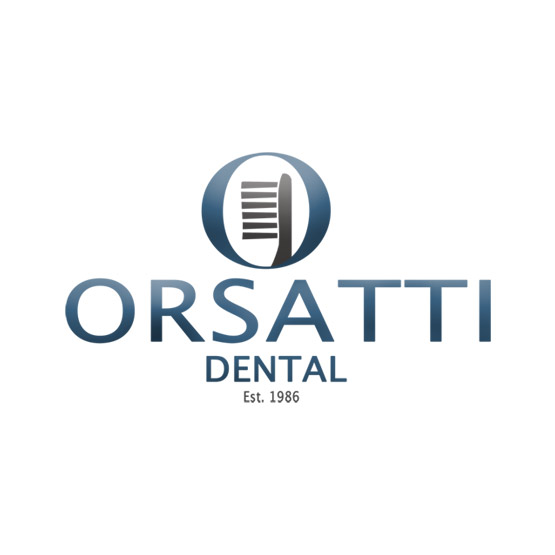
Oral Cancer screening with Orsatti Dental in San Antonio
The month of April is notable for many reasons—a break from a few months of chilly weather, Arbor Day, and taxes—but did you know that it is also Oral Cancer Awareness Month?
According to the Oral Cancer Foundation, an estimated 51,550 new cases of oral and oropharyngeal cancers (cancer of the mouth and upper throat) were diagnosed in the US in 2018. In 2019, it is estimated that there could be 53,000 new cases. This includes those cancers that occur in the mouth itself, in the very back of the mouth known as the oropharynx, and on the exterior lip of the mouth. Of those individuals, 40 percent will not survive longer than five years, and many who do survive suffer long-term problems, such as severe facial disfigurement or difficulties with eating and speaking. Worldwide, World Health Organization data estimates 657,000 new cases of cancers of the oral cavity and oropharynx each year, and more than 330,000 deaths. Oral and oropharyngeal cancer kill one person every hour, 365 days per year. Unfortunately, the mortality rate of these cancers can be particularly high because of how often they go undetected until very late stages. As with all cancer, the most important part of recovery, and ultimately survival, is early discovery and treatment.
Risk factors for developing oral cancer include excessive sun exposure or tanning bed use, heavy drinking or smoking, and being over the age of 50. Use of smokeless tobacco has been known to increase risk as well. However, as much as 25 percent of cases occur with no known risk factor. It is believed by many that there is a yet to be identified genetic predisposition.
Some of the most prevalent symptoms of these cancers include sores that do do not go away, red or white patches, tenderness or numbness in mouth, lumps and thickening tissues, and difficulty chewing, swallowing, speaking, or moving your mouth. The American Dental Association has noted that the incidence of the Human Papillomavirus (or HPV) related oropharyngeal cancers has dramatically increased in the past 15 years in younger populations. The sexually transmitted disease is a relatively new verified etiology, which is the same source as a vast percentage of cervical cancers in women. Some of the symptoms associated with oropharyngeal cancer are a lump or swelling felt in the neck, sore throat, difficulty or pain when swallowing, and swelling of the tonsillar areas at the back of the mouth. A dental professional should be able to identify anything that looks malignant or refer you to a specialist if needed, but in between appointments it is important to note any changes in oral health.
When found at early stages of development, oral cancers can have an 80 to 90 percent survival rate. The lack of public awareness and screenings have contributed to the mortality rate, but Oral Cancer Awareness Month seeks to educate the public to improve the statistics.
For further education, visit the National Cancer Institute for resources on oral cancer at http://www.cancer.gov/cancertopics/types/oral.

Contact Orsatti Dental to learn more about oral cancer screening and to schedule an appointment

